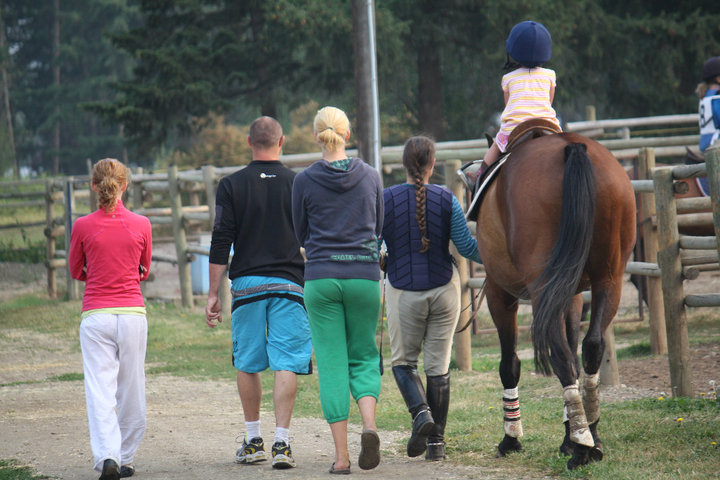This is written by Dr. Britt Mills.
I have seen cases lately of horses injured by lay chiropractors and want to
emphasize to owners that they need to educate themselves so that they can protect
their horses. Here are a few tips that will help:
1. Make sure your horse has been examined by a veterinarian to determine
... that it is not a lower limb lameness, neurological issue, or a non-chiropractic
medical issue.
2. Ask the chiropractor about their training. Ask specific questions about course
names, locations and hours attended. Don’t hesitate to postpone the visit
while you do the research on credentials. Many people who call themselves
chiropractors have had no formal training or a weekend course.
3. If any methods are extreme or harsh, stop the visit immediately. Your horse
can’t tell you if a treatment method doesn’t feel right so be very aware of
what is going on.
4. Ask lots of questions. Someone competent will not mind giving you answers.
5. Long lever techniques can be particularly dangerous. This is where the
practitioner is using the lower limbs to adjust the spine or pelvis.
emphasize to owners that they need to educate themselves so that they can protect
their horses. Here are a few tips that will help:
1. Make sure your horse has been examined by a veterinarian to determine
... that it is not a lower limb lameness, neurological issue, or a non-chiropractic
medical issue.
2. Ask the chiropractor about their training. Ask specific questions about course
names, locations and hours attended. Don’t hesitate to postpone the visit
while you do the research on credentials. Many people who call themselves
chiropractors have had no formal training or a weekend course.
3. If any methods are extreme or harsh, stop the visit immediately. Your horse
can’t tell you if a treatment method doesn’t feel right so be very aware of
what is going on.
4. Ask lots of questions. Someone competent will not mind giving you answers.
5. Long lever techniques can be particularly dangerous. This is where the
practitioner is using the lower limbs to adjust the spine or pelvis.
